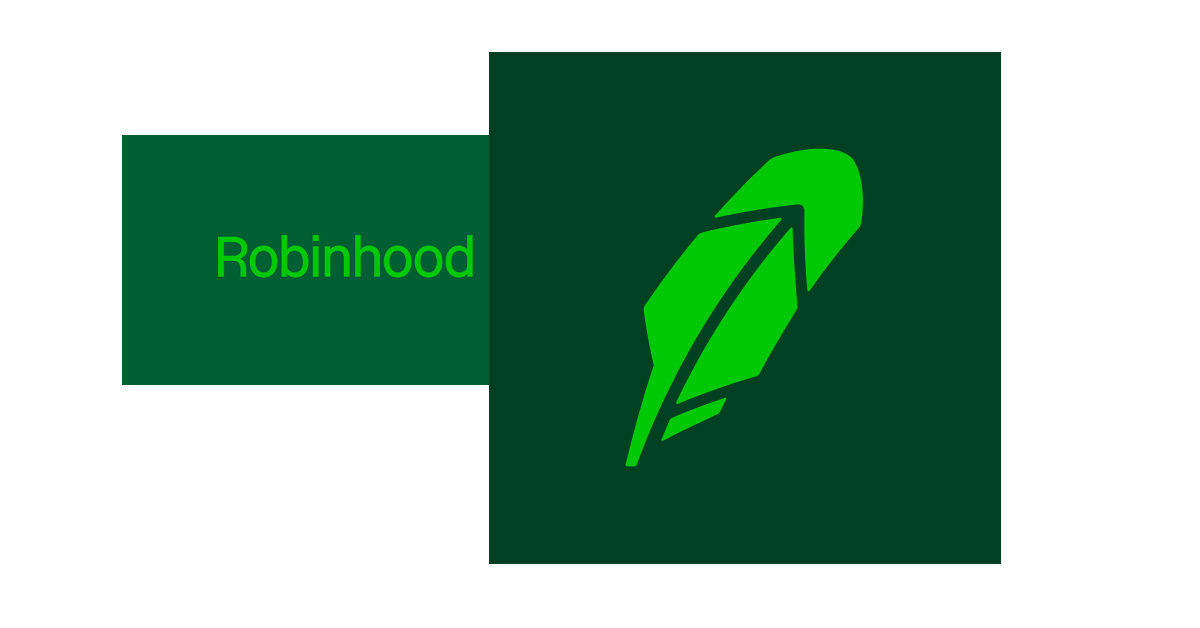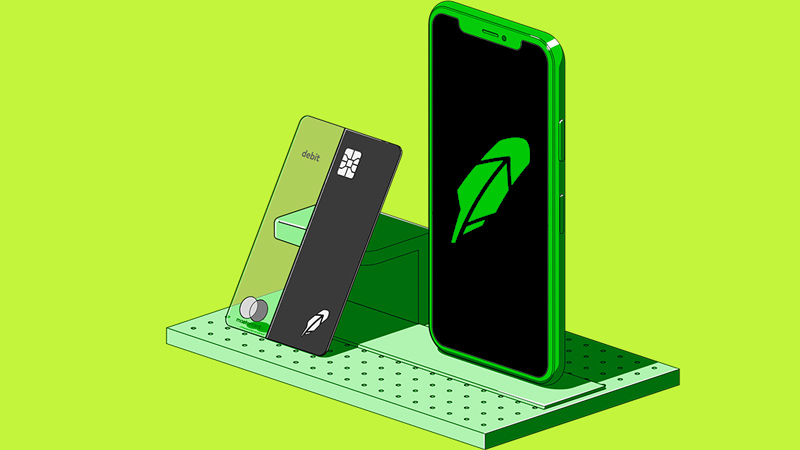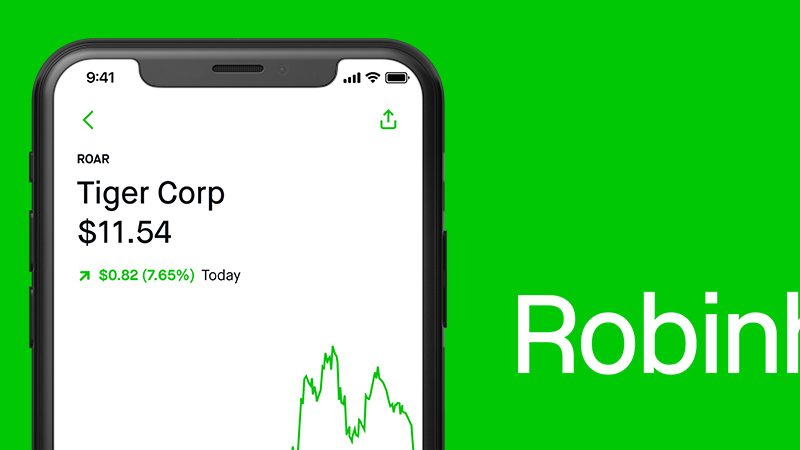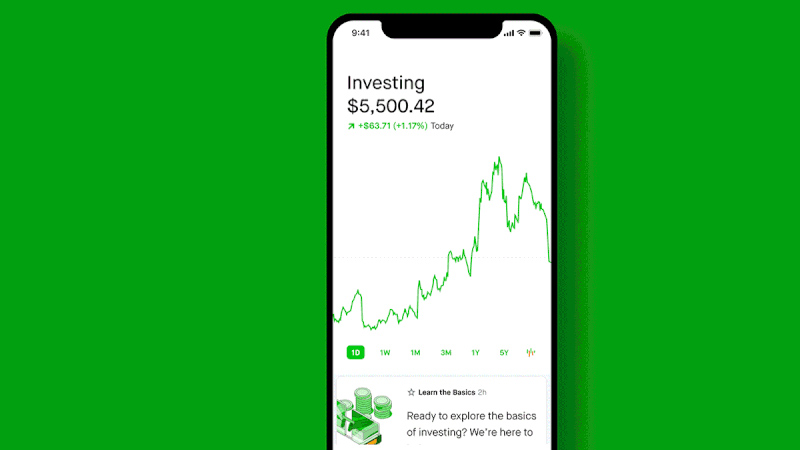Robinhood Limit Order: 4 Things You Should Know

Trading on Robinhood can be a bit confusing when it’s time to execute trades, especially if you’re just learning the ropes with trading and using the platform to purchase stocks. There are several trade execution tools in the Robinhood trading toolkit that helps investors and retail traders to have more control over the price you pay for a stock, these tools may include- limit order, stop-limit order, stop loss, take profit, etc. The basis of these orders is the limit order and understanding what it means will give you an insight into what the remaining orders mean hence that brings us to ask, “what is a limit order?”
Limit orders allow you to specify the price you want to buy or sell a stock. Buy limit orders allow you to set the price you want to buy your stock while preventing you to pay for more than the set price and a sell limit order allows you to set the price you want to sell your stock.
Once the price hits, the limit order is activated and your stock is bought. This may seem confusing hence why in this article, I will break down the definition and types of limit orders to help you understand the trade execution tool.
What Is A Limit Order In Robinhood?

To give you more control over the price you pay for a stock, limit orders are provided for you in your trading toolkit. Limit orders help you place a “limit” on the price you pay to buy a stock or the price you get paid for selling one, thereby providing you the flexibility in choosing your execution price. In simpler terms, Limit orders allow you to choose the price you want to buy a stock or sell your stock.
However, unlike market orders that let you buy or sell a stock at the best available price at that particular moment, a limit order is only activated if the price reaches or surpasses the price you set. Limit orders allow investors the flexibility of specifying the price they want, for either a buy position or a sell position.
A limit order can only be executed at your limit price. A limit price is a price you’ve chosen or set for your buy limit order or sell limit order to be activated. For a buy order, the limit price is the highest amount you’re willing to pay to buy the stock while for a sell order, the limit price is the lowest amount you’re willing to receive while selling your stock on the market.
It’s important to note that a limit order isn’t guaranteed to be executed as there needs to be a buyer and a seller on both sides of the trade. So if you’re setting a buy limit order, there has to be a seller on the other side of the trade that’s willing to sell their stock to you at the price you’re willing to buy at and if you’re setting a sell limit order, there had to be a buyer on the other side of the trade that’s willing to buy your stock at the price you’re putting up to sell at. It may require multiple trades to fill the entire order or the order may not be filled at all if there aren’t enough shares in the market at your set limit price.
There are basically two types of limit orders- buy limit orders and sell limit orders.
Buy Limit Orders
Buy limit orders are set to prevent you from paying higher than a set price for a stock. Stock is purchased at your limit price or lower if you set a buy limit order to purchase a stock. Your buy limit price should be the maximum set price you want to pay per share.
Buy limit order allows investors to buy shares at or below a specified price also known as the limit price. This helps the investors with the flexibility of controlling the price at which they want to buy a particular stock instead of buying at market price. The buy limit order is given to a broker (Robinhood), who will only fill the order if the share’s price falls to the set price or below during the time the order is placed.
This means, execution of the order isn’t guaranteed but if the stock price falls to or below the limit price, and there are enough shares available, your order will be filled at your limit price or below it.
For instance, if you set a buy limit order at $10 (limit price) for a stock that’s trading at 15$, the order will only be filled if the price of the stock drops from $15 to or below your set limit price ($10). If the order expires in two days, and the stock only falls to $11 on the first day, the order won’t be triggered. But if the price of the stock opens at $9.50 the next day, then your order will be triggered at that price, if there are shares available in the market.
Sell Limit Order

Sell limit orders are set to prevent you from selling your stock at a lower price than your set price (limit price). Stock is sold at your limit price or higher if you set a sell limit order to sell a stock. The sell limit order should be the minimum set price you’re willing to accept for your share.
Sell limit order helps investors to sell their shares at or higher than a specified price (limit price). Just like the buy limit order, the sell limit order helps investors with the flexibility of choosing the price they’re willing to sell their shares at. The sell limit order is placed to a broker (Robinhood), who will only fill the order if the share’s price rises to the limit price of your sell limit order.
For example, if you set a sell limit order at $15 (limit price) for a stock that’s trading at $12, your order will only be filled if the price of the stock rises from $12 to $15.
The sell limit order is basically the opposite of the buy limit order. So you can apply the concept of the former to the latter in an opposite way to better understand both concepts.
How Long Does A Limit Order Last?
In terms of the time a limit order lasts, you have a few options for which you can keep your limit order open. They are:
Day Orders
Just as its name implies, day orders only last within 24 hours- meaning it only lasts for the trading day, not including the extended trading hours. Limit Orders placed with most brokers are day orders unless you specify otherwise.
Good-Til-Canceled
These kinds of limit orders stay open till you cancel them or until they are complete. This means the limit order stays open until the limit price is reached or you cancel them. Most brokers set a time limit for these kinds of limit orders, such as 90 days to prevent some long-forgotten orders from processing years later.
Fill-or-Kill
You can think of this as “all or nothing”. These orders must be processed as soon as possible in their entirety or they are canceled by the broker.
Immediate-or-Cancel:
Similar to fill-or-kill orders, these orders must process immediately or be canceled. However, instead of being filled in their entirety, immediate-or-cancel orders can be partially filled.
On Robinhood, limit orders can be placed as day orders or good-til-canceled (up to 90days).
How To See Limit Orders In Robinhood
If you’ve set a limit order for your trade, you will be able to view the limit order in your current trades bar. This will show you all the details of the trade you’ve set including the name of the stock, the limit price you’ve set, and its current market price.
So if you need to see the limit orders you’ve set for one or more stocks, head over to the current trades bar to view the details of each set limit order.

Just like you can trade whole shares of companies or ETFs, you can trade fractional shares of these companies on Robinhood. As the name implies, fractional shares are fractions or pieces of whole shares of a company or ETF. you can trade stocks and ETFs in pieces of shares on Robinhood.
Trading fractional shares on Robinhood is real-time and commission-free and the share can be as small as 1/1000000 of a share. You can also execute the trades the same way you’d execute a trade on a whole share- this means you can set limit orders while executing your trade.
Executing a limit order for fractional shares on Robinhood is the same as you would executing a limit order on whole shares. The only difference is canceling a fractional limit order as there are some restrictions to canceling a fractional limit order. You can’t cancel a fractional limit order:
- During a trading halt: This is when trading on specific security is halted so, if you have a pending fractional limit order on the security, it can’t be canceled.
- If the order has been routed to a market center, but a trading halt goes into effect before the order executes.
- Between 9:20 – 9:30 AM ET.
